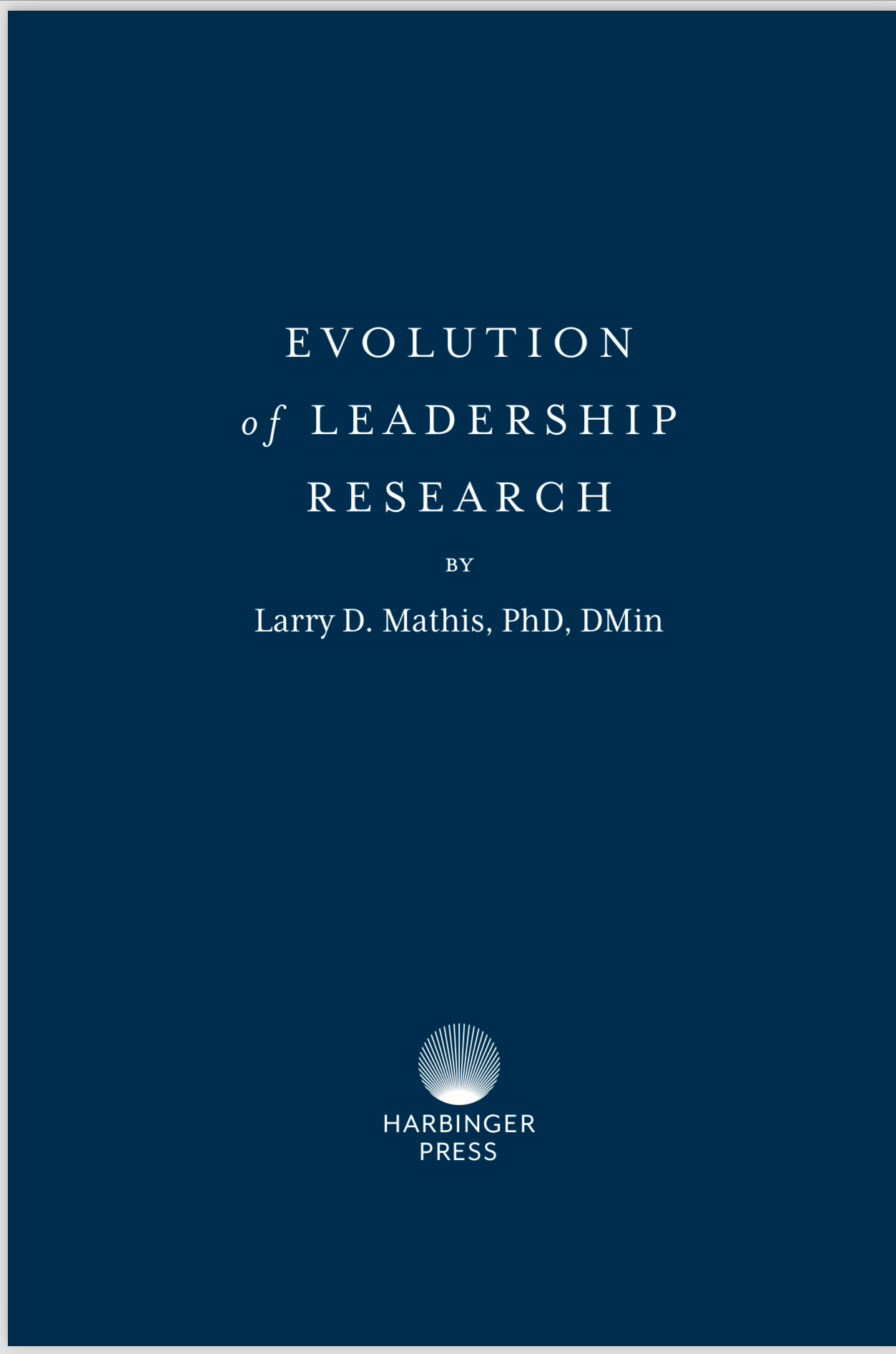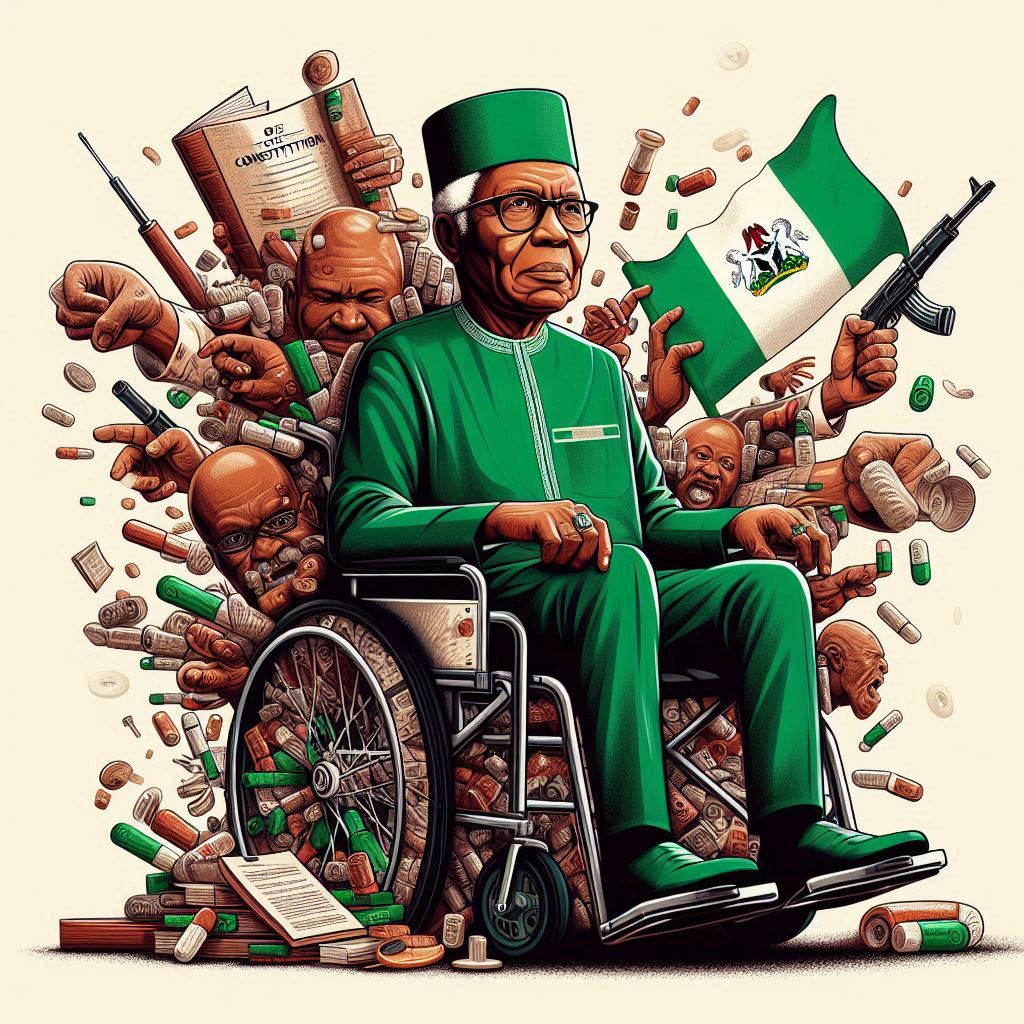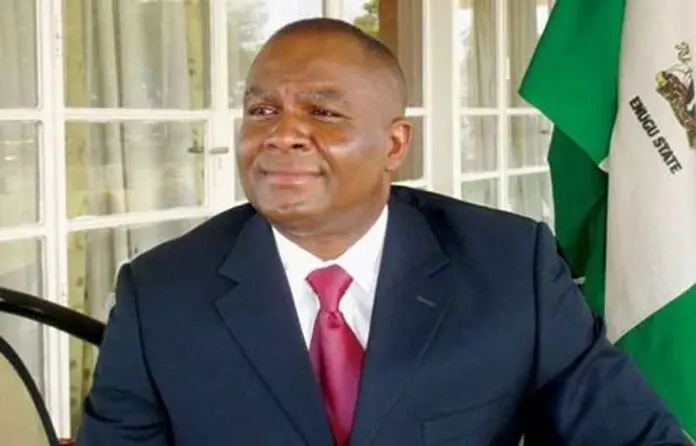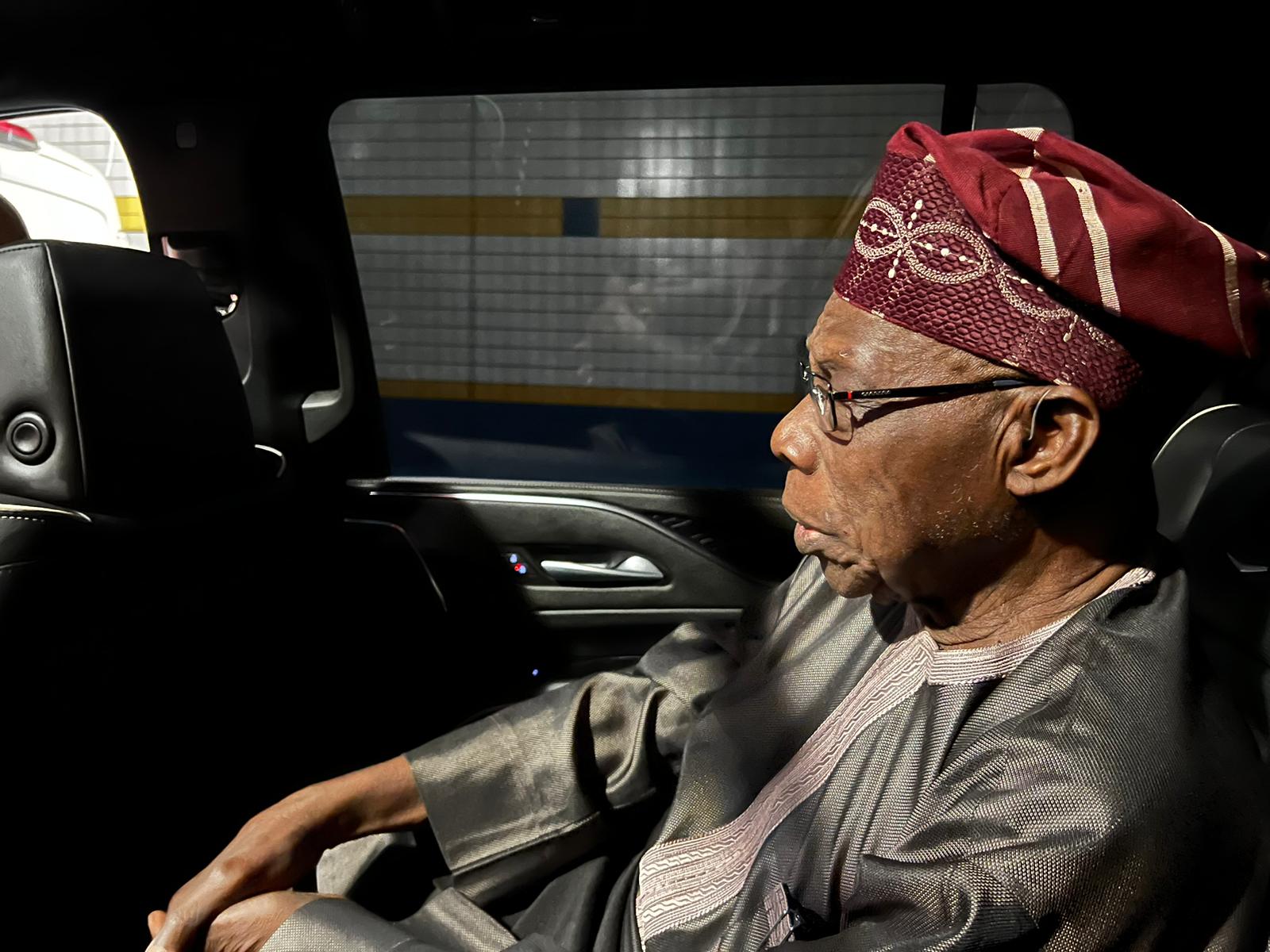Preparations for the advance on Enugu from the Nsukka sector were slated for August 1967. These original arrangements were disrupted by the Biafran advance into and seizure of the Midwest on August 9.
A new front was, therefore, opened with a new '2nd Division' along with a declaration of "total war" - on August 13th - by General Gowon. With this declaration it became official and legal for the Army to commandeer vehicles at will.
The Command of 1 Brigade in Nsukka changed with the replacement of Lt. Col Sule Apollo by Lt. Col. Yakubu Danjuma - who had returned from the Staff College in Camberly. Major changes in organization and logistic support were implemented. The brigade on the left flank of 3 sector was merged with 1 sector. Troops were retrained on new equipment bought after the fall of Nsukka. Some of these equipment (such as Recce Vehicles) and their officers (eg Capt Remawa, Lt. Mayaki and Lt. Babangida) were "kidnapped" in Lagos by Col Murtala Mohammed to equip his own new division to confront the Biafran units in the Midwest theater.
One additional development was the arrival of Soviet Migs.
Eventually the advance on Enugu began on September 12.
OPERATIONAL ORDERS were as follows:
D-day: 12 September 1967
a. Left Flank (Trunk A road) - 5 battalion under Captain Gora and 21 battalion under Capt. Wushishi [Group A]
b. Right flank (secondary road) - 22 battalion under Capt. Shelleng and 20 battalion under Captain Nenge [Group B]
c. Reserve-in-depth - 4 battalion under Capt. Ado Mohammed and 23 battalion under Capt. Linus Nyam to defend Nsukka and protect lines of communication [Group C]
Phases of Advance:
1. Simultaneous advance to Abor and Eke on the same axis from D-day to D+17 (17 days later). Group A units to capture Abor while Group B units take Eke.
2. Seizure of Mile 9 corner (Nine-Mile Corner) on D+19 by all four battalions in Groups A & B after link-up at Abor and Eke. (This actually occured on October 1st 1967)
3. Coordinated capture of Enugu Ngwo and Milikin Hill on D+20 and D+21 respectively after clearing the route from Nine Mile corner.
4. Final Assault on Enugu on D+22. This was allocated to three battalions (20, 2, and 22). 20 battalion was instructed to launch a diversionary attack to the right, while 2 & 22 battalions would enter Enugu directly using the tarred road through Milikin Hill. (This occurred on October 4, 1967)
5. Consolidation and Mop up. This involved complete clearing of the town, establishment of defences and preparations against counter-attacks. (This took place from D+23 to D+28 - 10 October, 1967)
DEVIATIONS
Because of a flank attack by Biafran units at Ebe, 22 battalion found itself pursuing Biafran soldiers right up to Abor (which was actually the objective of 5 battalion). This almost led to an accidental 'friendly fire' situation between both battalions. The sector commander then altered the original plan and ordered both battalions to advance on Nine Mile corner using Abor as launchpad. It was no longer necessary for 22 battalion to jump from Eke. An alternative arrangement was made for Eke to be shelled (with artillery) from Abor - making a direct assault unnecessary.
One advantage of this switch was that Abor provided an excellent observation and shelling point for Nine Mile corner - where there was a major stampede as Biafran vehicles struggled to get away from the impending federal advance. However, it carried the disadvantage of causing a three day delay at Abor to reorganize. This delay affected the capture of Nine Mile corner and caused a delay in the capture of Enugu by three days. Had it not occurred, Enugu would have fallen on October 1st 1967 as an Independence day anniversary present to Gowon.
Several other unplanned events occurred. One was the decision of the Sector Commander (Col. Danjuma) to send a wireless message to Division HQ (Shuwa) that he had started shelling Enugu from Ukena. This message was intercepted and Biafran units began shelling Danjuma's position a few minutes later! He was lucky to escape.
THE BIAFRAN PERSPECTIVE
As it happened - according to then Colonel Madiebo (who had just taken over from Njoku) - the Biafran 53 Bde that had been assigned to defend Enugu was worn down without reinforcements by the time the federal offensive began. [At least one unit was redeployed to the Midwest, for example]
Against the new armored vehicles and Migs on the federal side, Ojukwu ordered all the eastern provinces to send able-bodied men (untrained recruits) to defend Enugu. About 10,000 of them turned up - without weapons or food or tents. The plan was to arm them with matchetes (along with a few dane guns), move them through Eke "and from there swarm the enemy at Abor on two axes, singing war songs and matcheting all enemy in sight". What happened instead was a preoccupation with feeding and administering them as the military-government structure collapsed in flight. According to Madiebo, "...at least the police branched in and said goodbye to me before they left - a privilege and courtesy the AirForce never extended to me".
Sources:
Kirk-Greene - Crisis and Conflict in Nigeria: A Documentary Source Book 1966-70 (OUP 1971)
The Nigerian Civil War 1967-70 - History and Reminiscences (edited by Maj. Gen. Momoh), Sam Bookman 2000
Madiebo, A: The Nigerian Revolution and the Biafran War
RETURN

Review of “Evolution of Leadership Research by Larry D. Mathis, PhD, DMin “ The book was first brought to my attention by Shawn Mathis, Ph. D...

This article was first published on November 12, 2024, on https://constitutionaldiscourse.com/a-game-for-the-throne-the-nigerian-constitution-and-the-...

Civil Society and Social Movements: The Role of Activism and Radical Politics in Deepening Democracy in AfricaByOtive Igbuzor, PhDFounding Executive D...

Chimaroke Nnamani: Progenitor of Ebeano politics at 64By Paul MumehChimaroke-Nnamani2.jpg 88.87 KBHate or love him, Senator Chimaroke Nnamani; fo...

Background To The Recent Nigerian ElectionsGeneral Obasanjo more than just a "friend" of the AmericansElizabeth Liagin is an independent journalist wh...